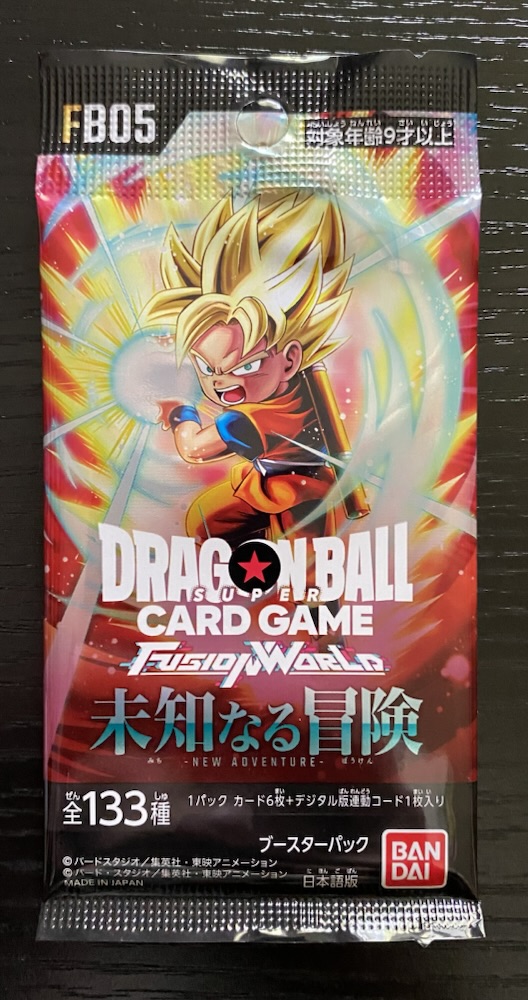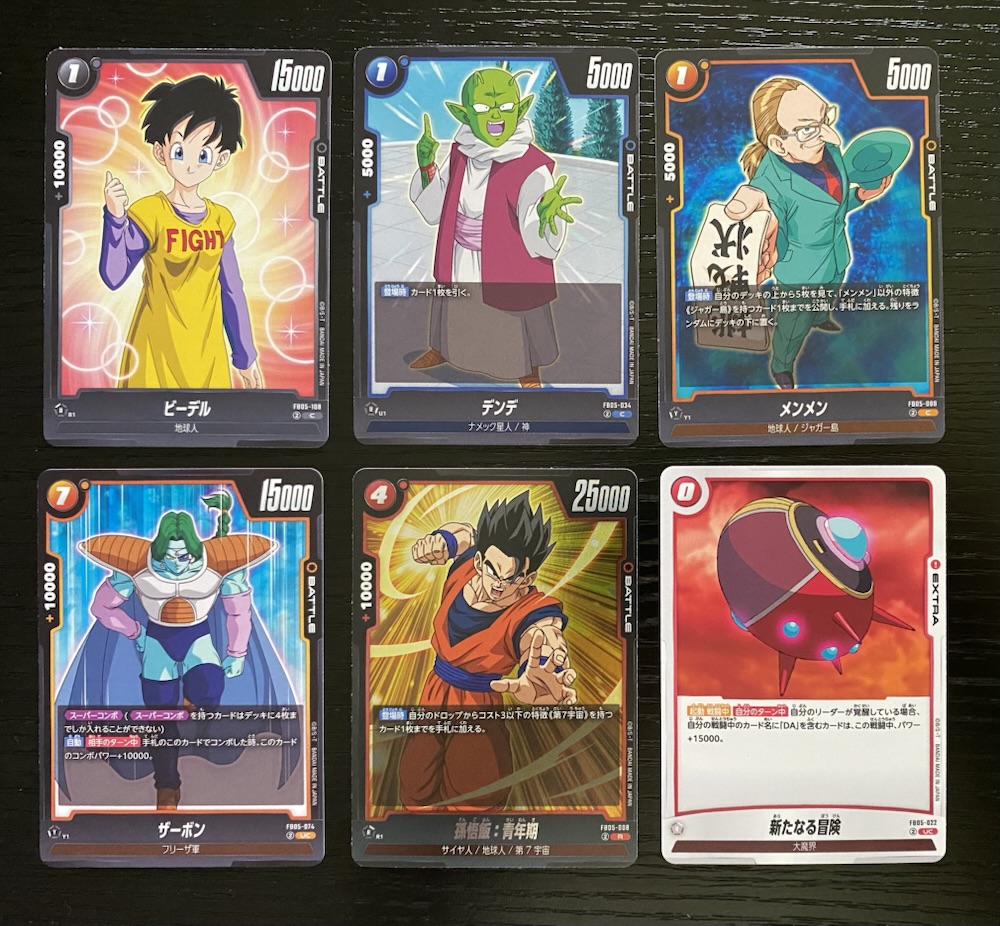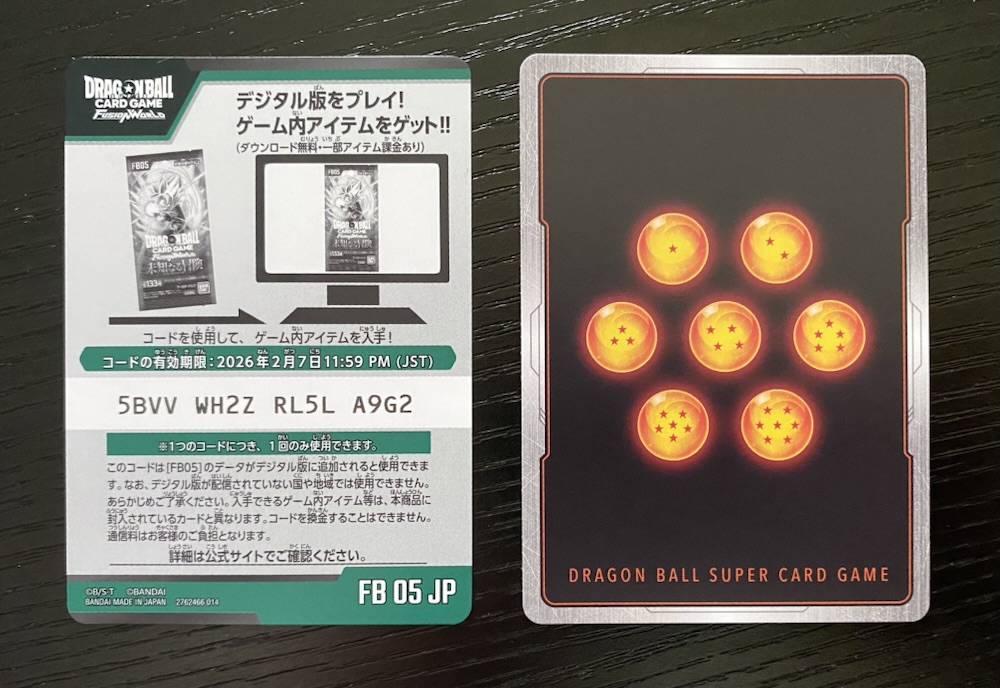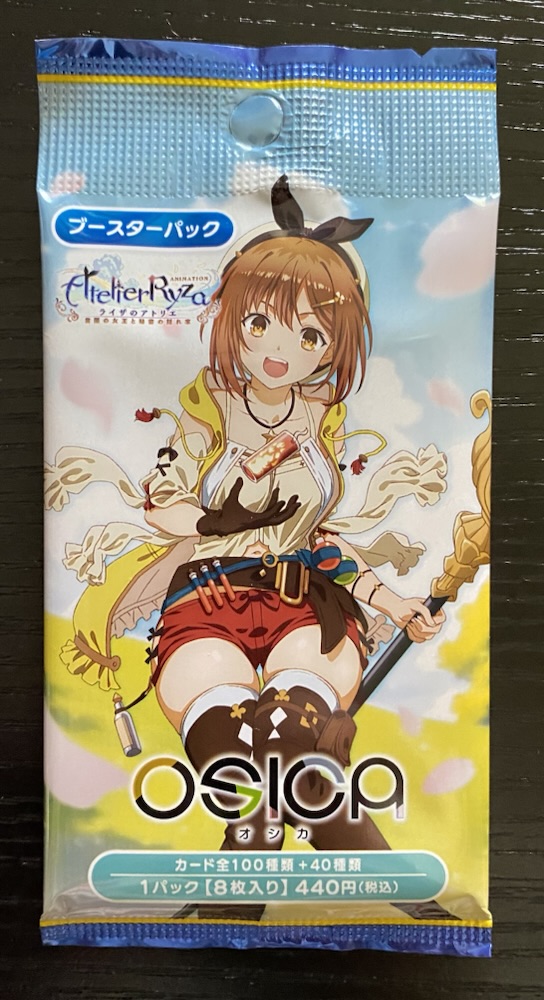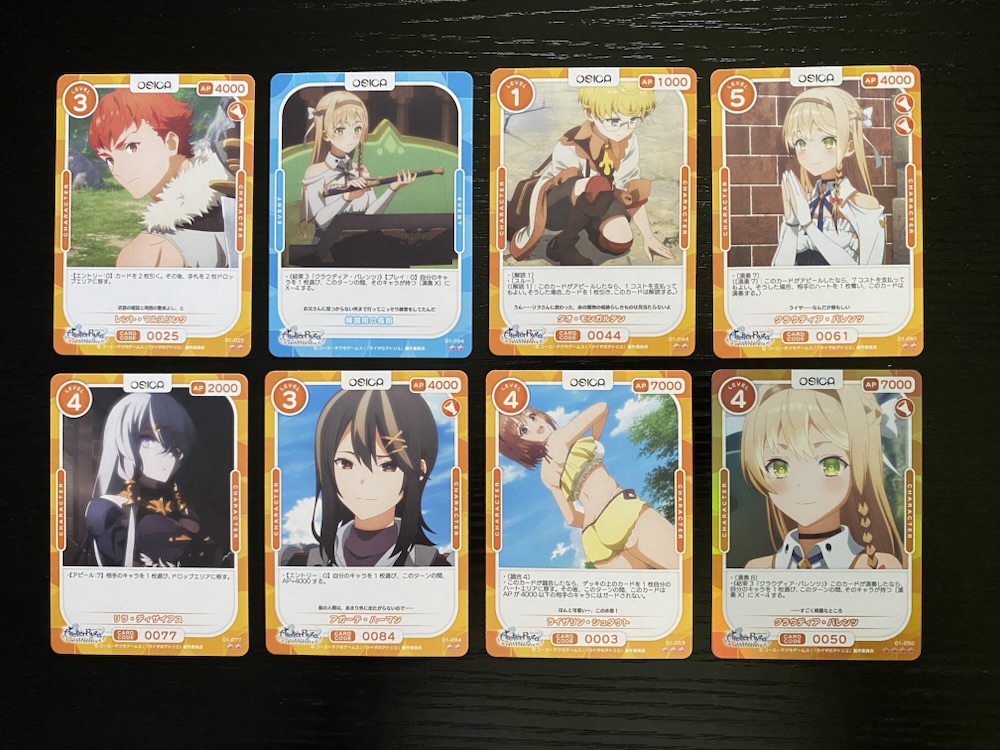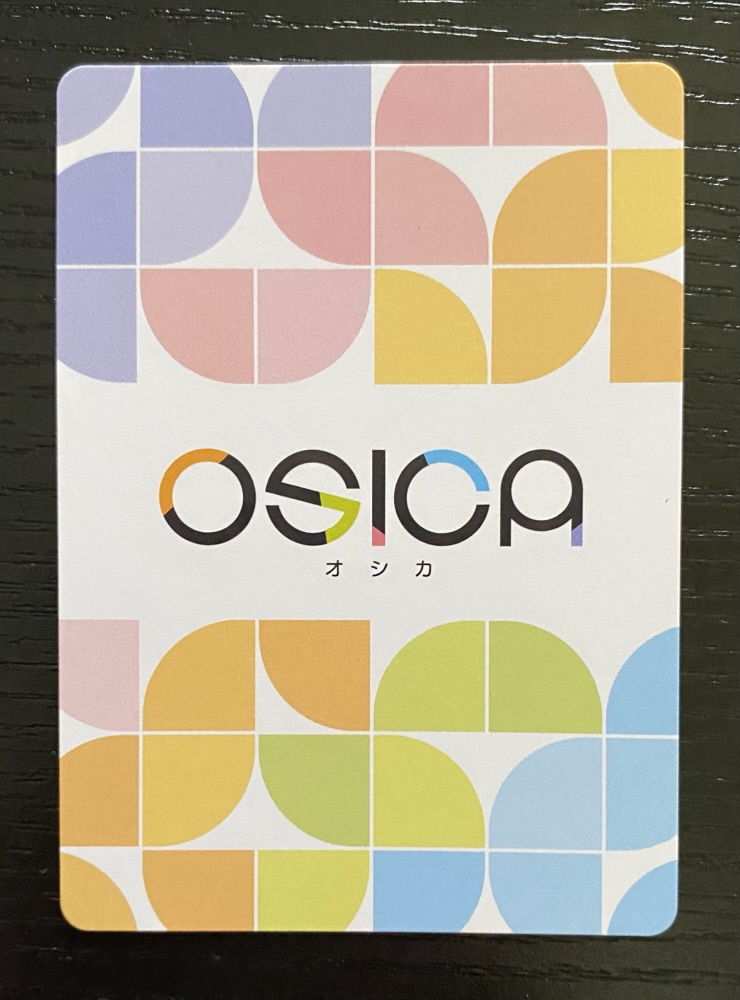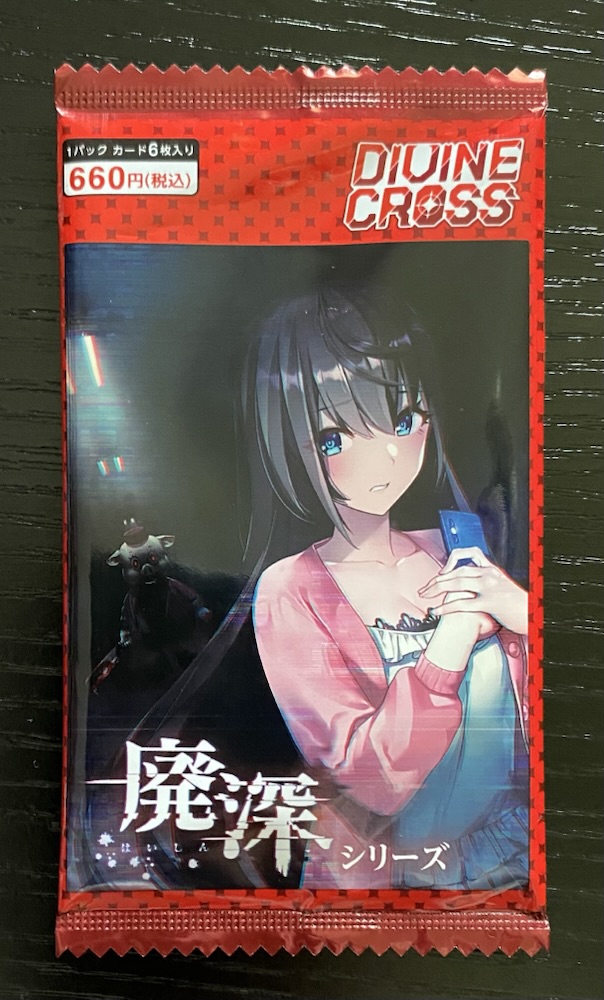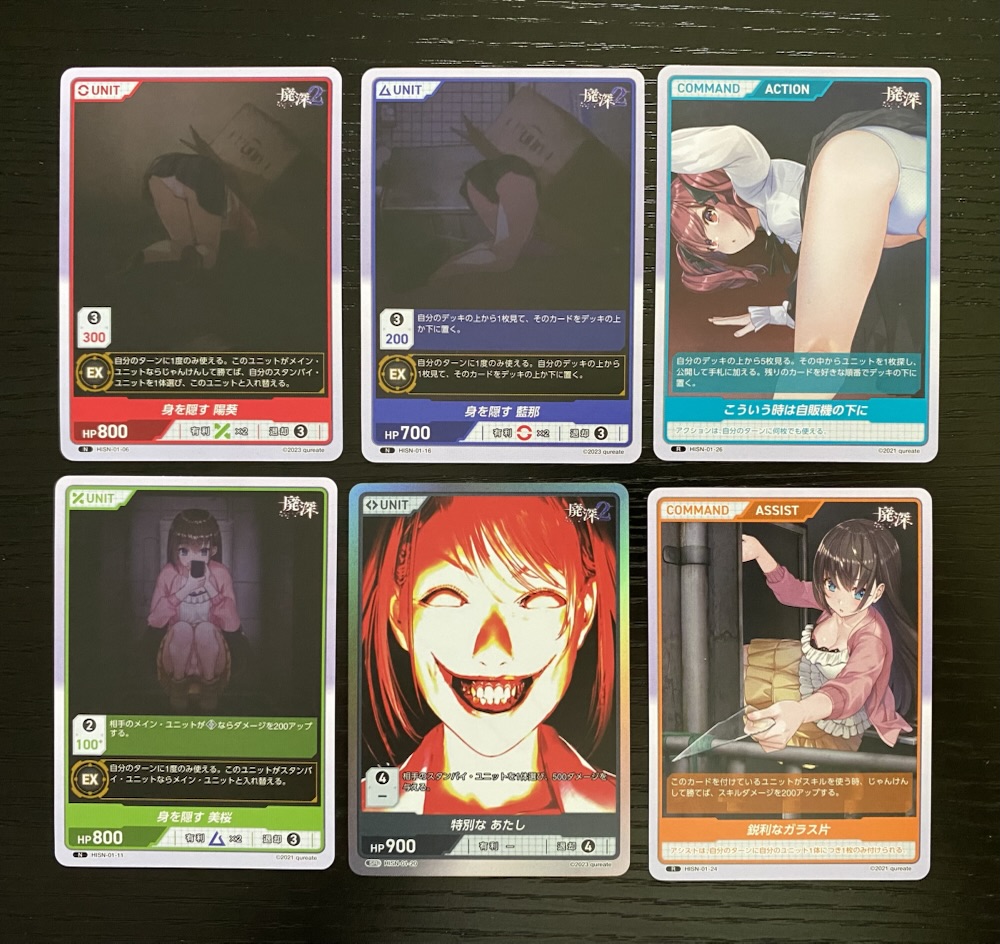Nintendo recently added a ‘Nintendo Store’ app to the App Store. It can be used to make purchases (for your Switch or Switch 2) as well as preorder games and keep track of upcoming releases.
I don’t care about these features and will never use them. I downloaded the app for this:
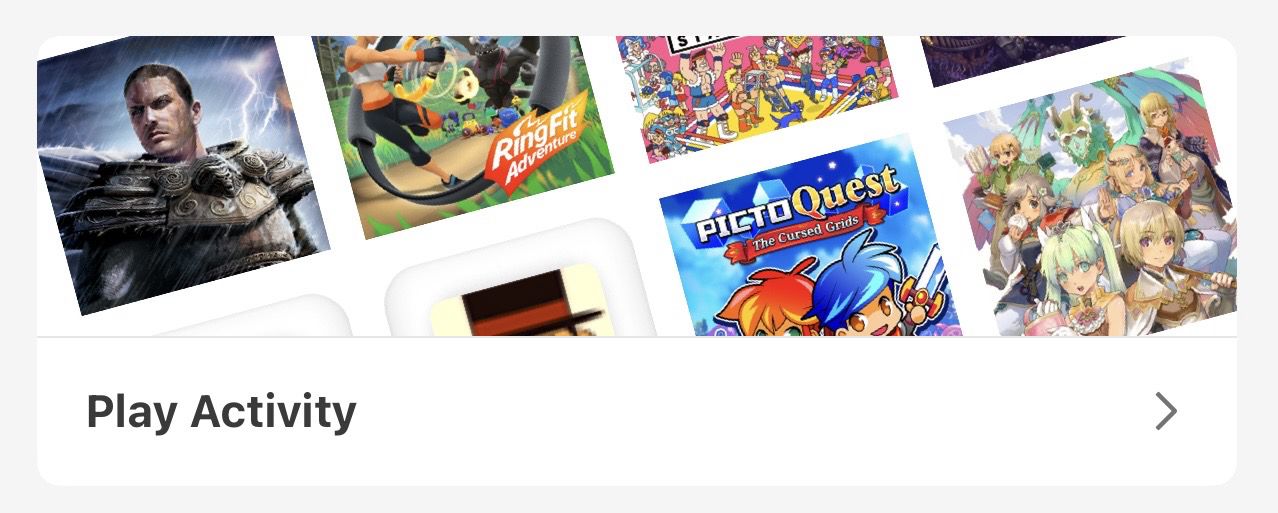
Once you link your Nintendo account, the app contains detailed gameplay history. And not just for Switch, but also going back through 3DS and even WiiU! You can browse through your entire history of gameplay, which in my case is hundreds of games going back over 14 years. Using this app I learned the first game I played on my 3DS was back on November 29, 2011:
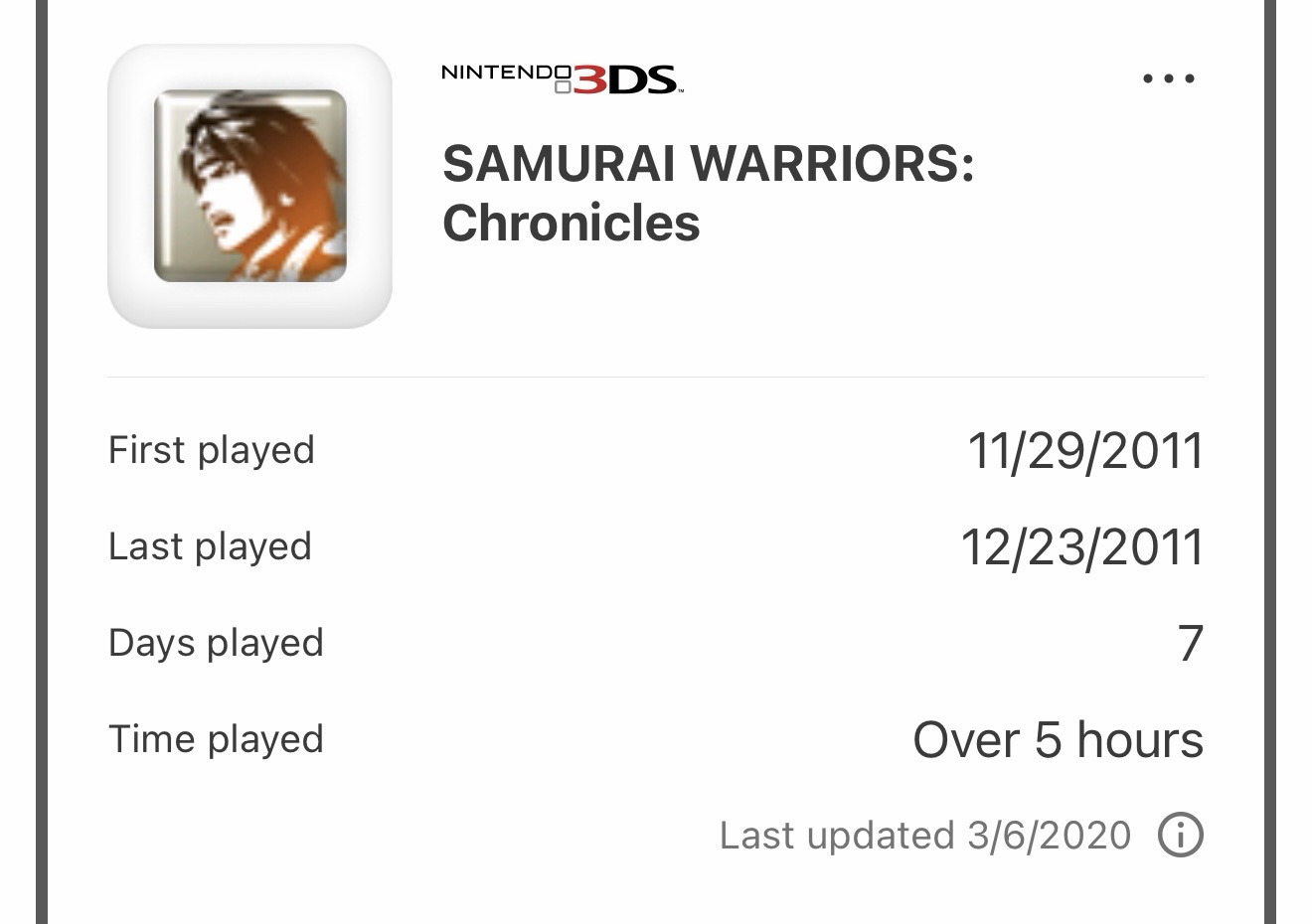
Even before playing this particular game, I had used some of the inbuilt 3DS apps, and they’re included in the data as well.
Switch games even include a record of every time you played a game and for how long, like this:

I was curious about two things, those being the games I had played the most and my longest game sessions. Since you can sort by playtime, these weren’t difficult to find.

As you can see exactly 20 games have been played for more than 100 hours. The list includes five Monster Hunter games, all four Xenoblade games and two games played by KLS (Kingdoms of Amalur and The Witcher 3). The four games on the top row all have over 300 hours of gameplay, and the next six all have over 200 hours. While I have played other Monster Hunter games than the ones listed above, these five games alone were played more than 1100 hours combined (that’s over 45 days). It’s also worth noting that the 3DS data is historical now: the last play date for Puzzle & Crossing Z is several years ago (before the 3DS shop closed) but I’ve played the game as recently as this year.
What about the longest play session?
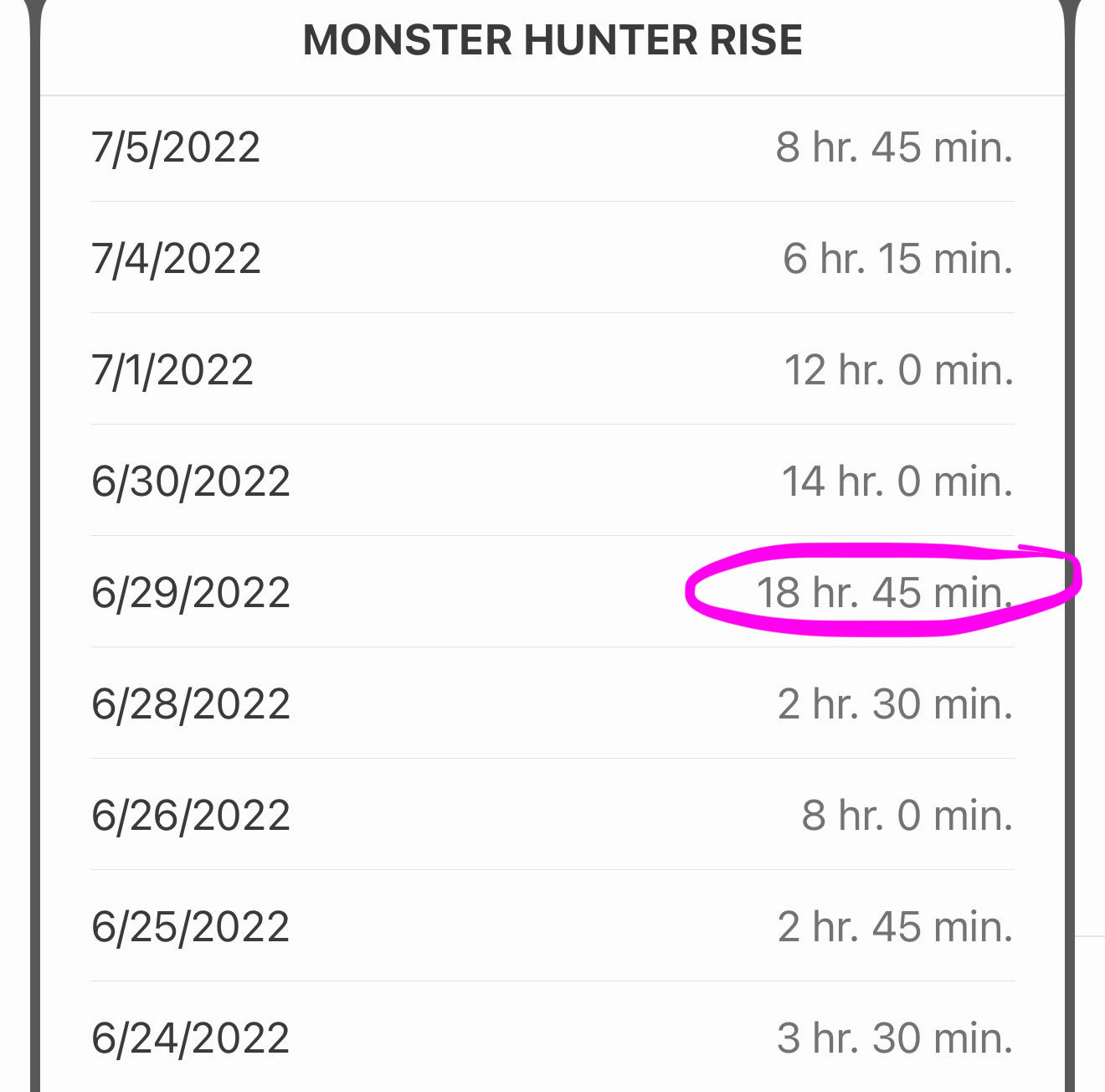
I really loved Monster Hunter Rise, and played it like a demon when it came out – including a 14.5 hour marathon the day after release. But on June 29, 2022 – the release day of the Sunbreak expansion – I went on an absolute bender. This was during the summer so I was off work and still not traveling because Australia and Japan hadn’t reopened. I had a glorious 18+ session that filled my day, and I believe it was the last time I’ve done such a mad thing 🙂
I found many epic (12+ hour) game sessions, and they occurred for every game with over 300 hours except for Animal Crossing which doesn’t lend itself to marathon play sessions. There were even two consecutive days where I played Diablo II for 13+ hours each day!

This is a cool app, and I wish we could even take it one step further and download the data to analyze it further. If you’ve got a Switch and are curious about your play history I recommend this.












